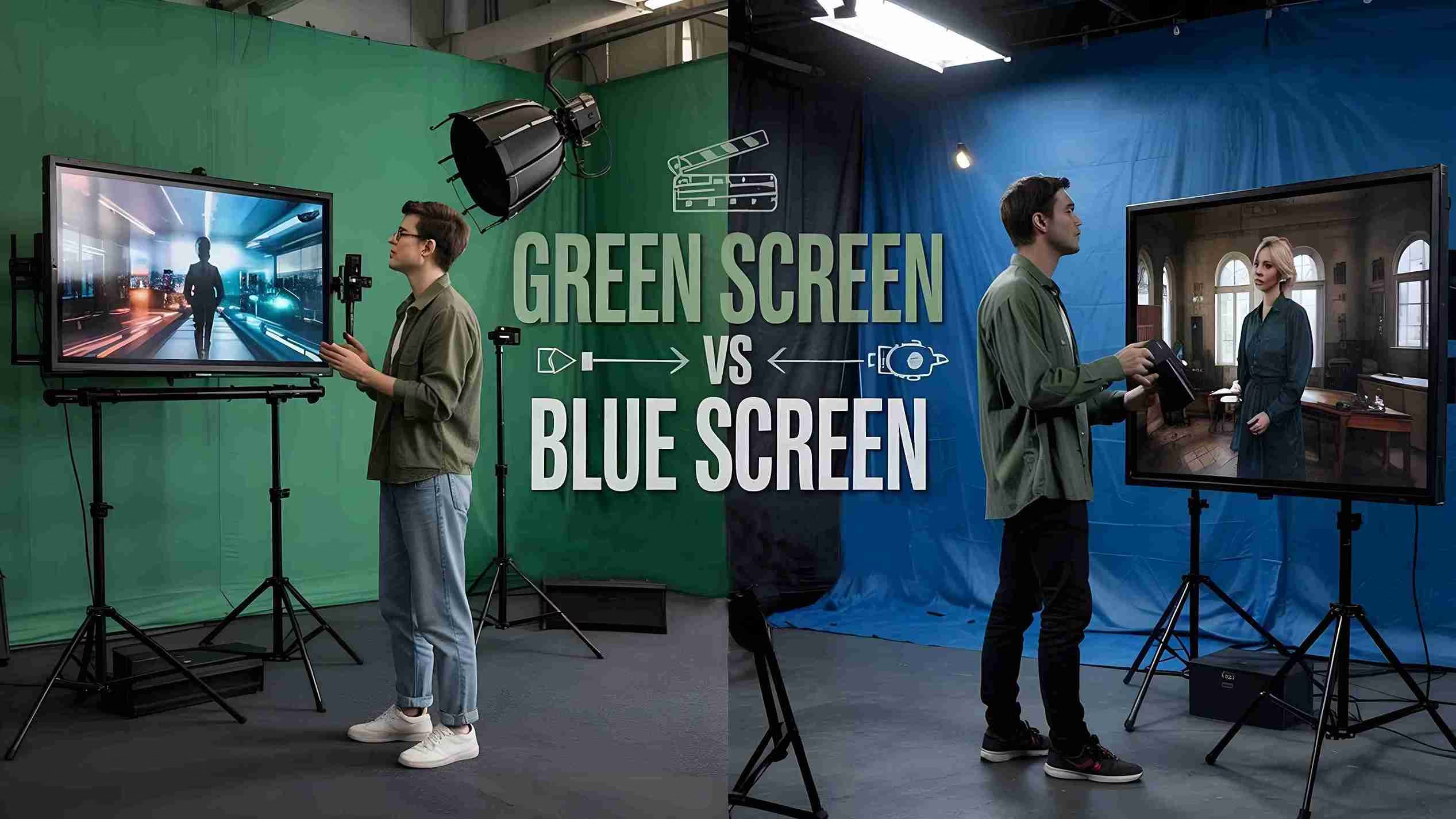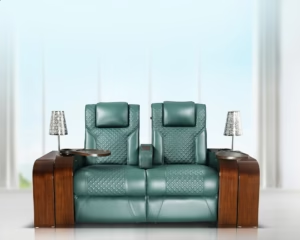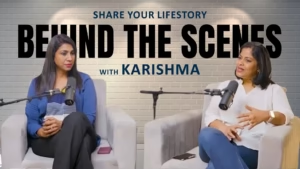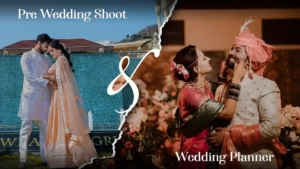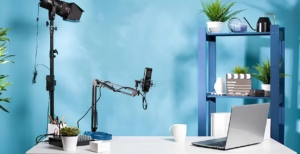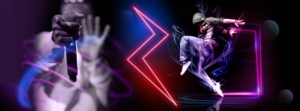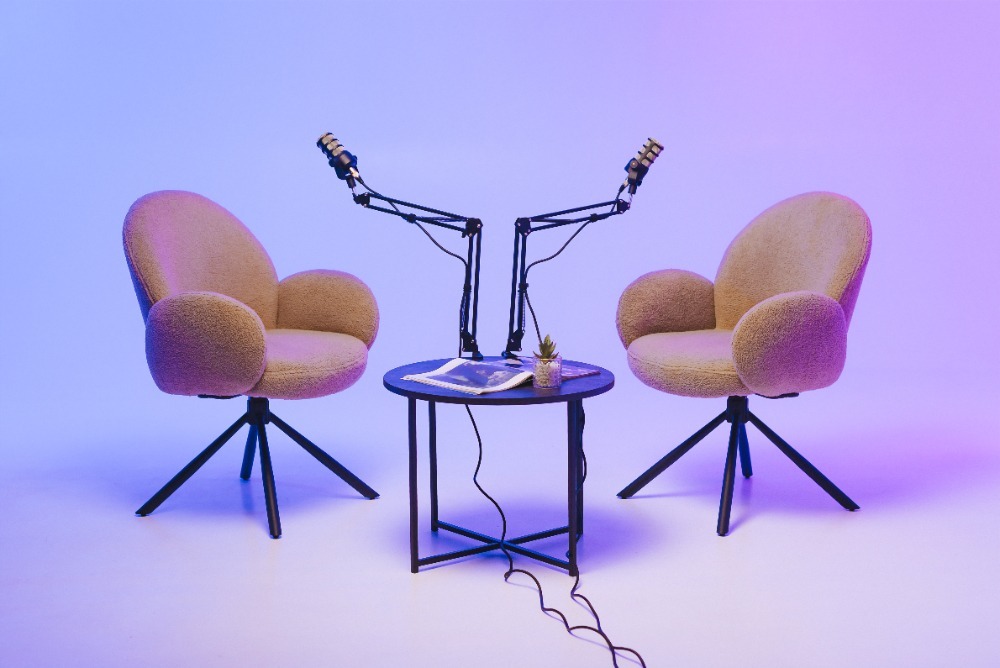Green Screen and Blue Screen Film Production Company in Agra. Green screens are half of the blue screen understanding. The other half is basically learning how to color key, which is the entire process by which filmmakers and editors replace a solid-color background with any image or footage of their choosing. Most differences are apparent, but, still, the most significant one is the color. Yet, even the color selection might change your end product, not only in terms of lighting and wardrobe but also the use of a camera. Green screens are mostly used today blue screens have always been important, mainly at the professional level. Understand the difference if you want to get the you are looking for Green Screen and Blue Screen Film production service in Agra for film these days.
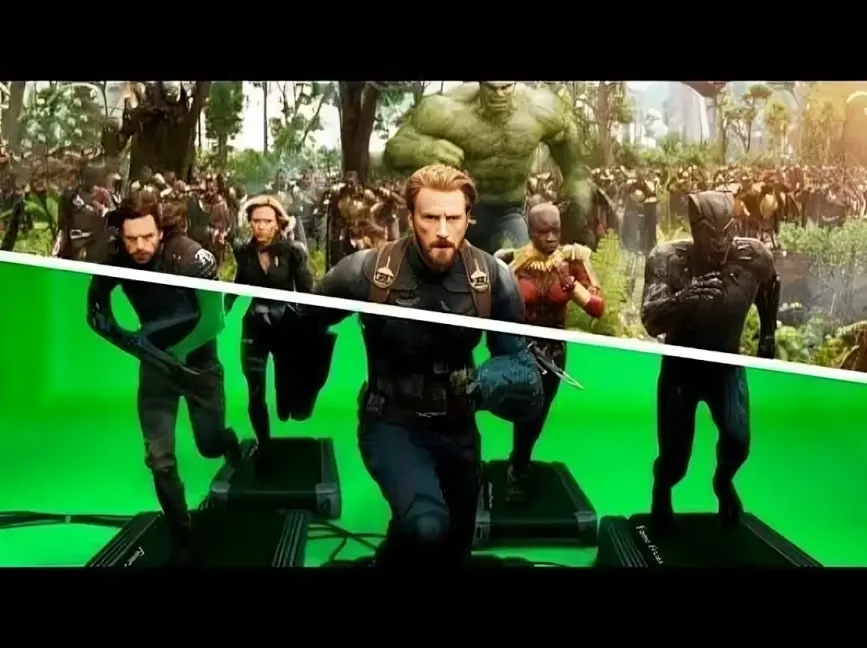
What is a Blue Screen?
Film Production in Agra is a technique where the filmmaker shoots an object or a person against a solid blue background and digitally replaces blue areas with the required scene or visual. It’s a very old trick used in movies, commercials, and music videos to make such subjects believe they actually moved in time for action at places they never really were. Blue screens would really be appropriate for a night scene or if the subject using green. It needs more lighting, but provides very little color spill, giving it a cinematic quality. Green Screen and Blue Screen technology has been essential in creating stunning visual effects From outer space to underwater, blue screen has allowed people to visualize things once considered impossible.
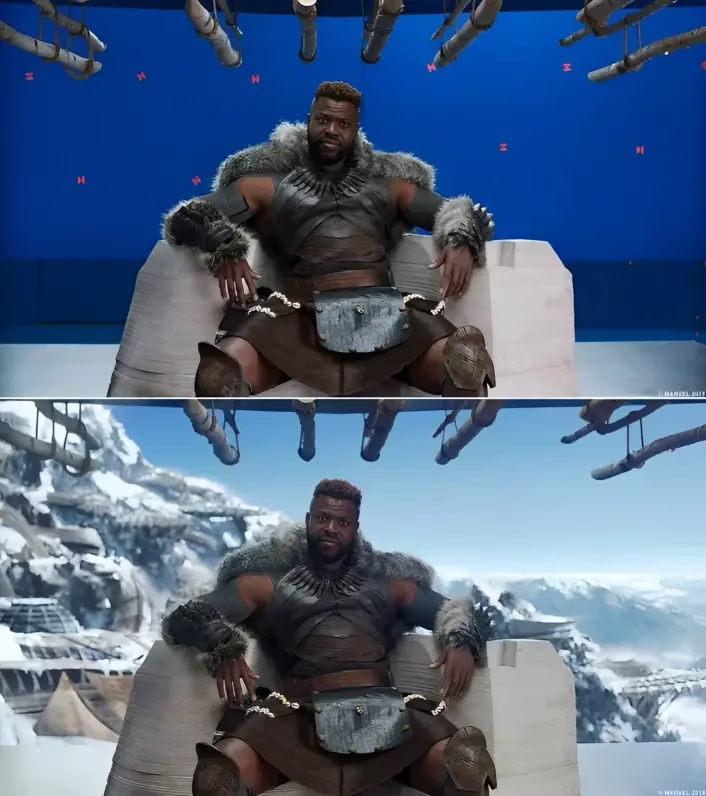
How Does a Blue Screen Work?
Basically, chroma keying is a post-production technique that removes a color from an image sequence in the video. When filming against a blue screen, the software keys out the blue screen and puts any background you may fancy in its place. Proper lighting is very important, as this will allow the software to pick and remove that background really easily, or better said, the bluer the blue screen, the cleaner your edit. Whether it is imaginary fantasy and worlds or brightening up your product shoot, this method holds limitless possibilities.
Green Screen vs Blue Screen: The Core Difference?
While both screens do the same job, there are some essential differences that influence your decision, especially in contexts like Podcast and Interview setup. Green screen and Blue Screen each have unique advantages depending on the scene. Green screens are brighter, making them ideal for digital cameras and minimal lighting setups. Blue screens, on the other hand, are better for low-light scenes and when the subject wears green. Green reflects more light, which can cause color spill blue does this less. Filmmakers often choose based on scene requirements, wardrobe, and camera sensitivity. The better your match, the cleaner your final shot.
How Blue Screen Special Effects Work?
Blue screens have long been the favorite of cinematographers during darker, moodier shoots for the simple reason that lower luminance levels imply less light will cause shadow or spill onto the subject. Cleaner selection will yield during the chroma key with these types of blues. They are also ideal for shooting in films where the actors wear green costumes or props designed for the rest of the action. That’s why many big- budget films still use blue screen technology it gives clear results and has proven to work well even today.
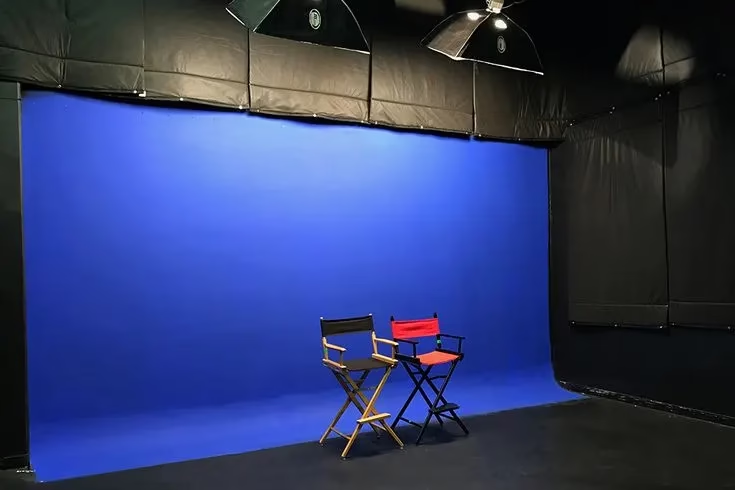
Blue Screen Instead of Green Screen?
There are some specific cases when using a blue screen is preferred over a green screen. For instance, when your actor or presenter wears green, green screen is out of the question. Blues also blend in lower lights or whenever one wants to shoot a moody or dramatic effect. While this requires more lighting, it gives smoother results in many instances in a cinematic setting. So, when deciding on which color screen to use, always take into account the wardrobe, the lighting, and the post-production workflow. Whether you are working with a Green Screen and Blue Screen.
The Color of Cinema
Ever wonder why blue and green are the colors that are only behind the screens? These are colors that are least found on human skin tones so that it can be used for the software to isolate the background without cutting into any part of the face or hands of a person. Red, yellow, or brown are the colors that are being avoided since these colors can merge and blend with natural skin tones. Contrasts-the idea. Blue and green give the most contrast for separating a human subject from its background.
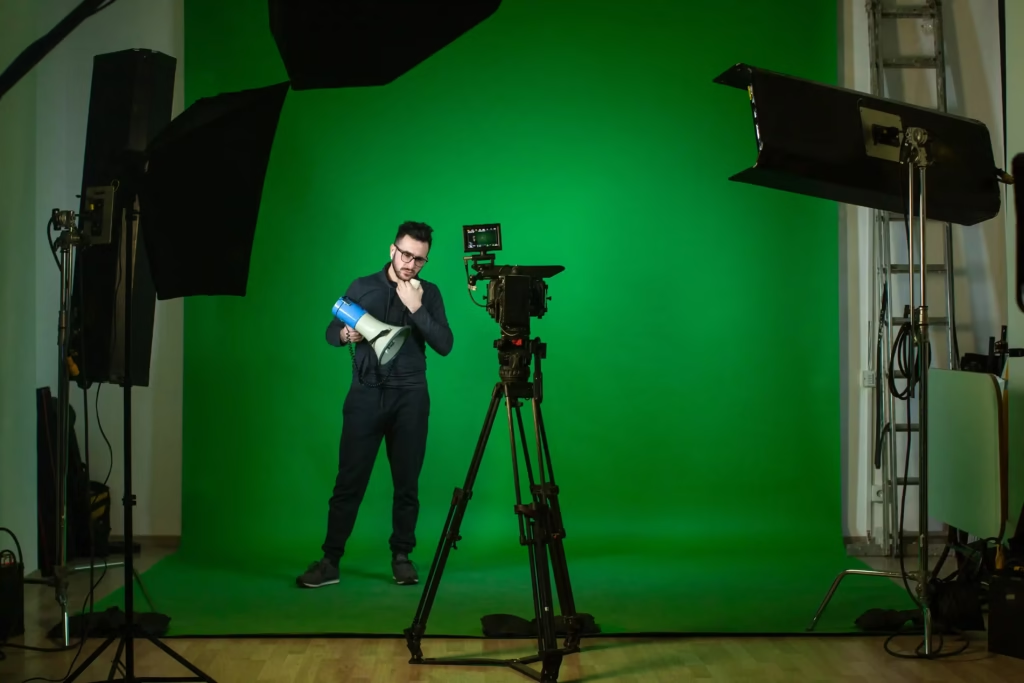
What Is Chroma Key
Chroma keying is a method of visual effects in which the color in some part of a video has been removed, thus allowing the introduction of another image or video. This is what makes weather forecasters appear to be standing right in front of moving maps or actors into otherworldly settings in sci-fi films. We saw both blue and green stand out as common colors for chroma key backgrounds. And with easy-to-edit software, this technique is even more welcome to the YouTubers and vloggers, as well as professionals working for the commercial film making industry.
Which Screen Color Is Best
No all-encompassing answer applies-it depends on conditions present during shooting. Bright light, high-resolution digital camera shoot with green screen. Blue screen cross-light or green-clad subjects. Both work the right one makes post easier. Consider things like tone and props in the scene and desired look before deciding on which screen.
Which Color Should You Use and Why?
Let’s go through this if you have bright lights and clothing rack without green in the video, go ahead and choose green. However, if the lighting is dark or the person in front of the camera is wearing green, you should choose blue. Blue reflects less light and causes the least amount of spill when compared to green, making it better suited for post-production handling. When well lit, green creates sharper outlines and is preferred for fast-paced projects on tight budgets. Do a test beforehand it will save you a fortune in re-shoots.
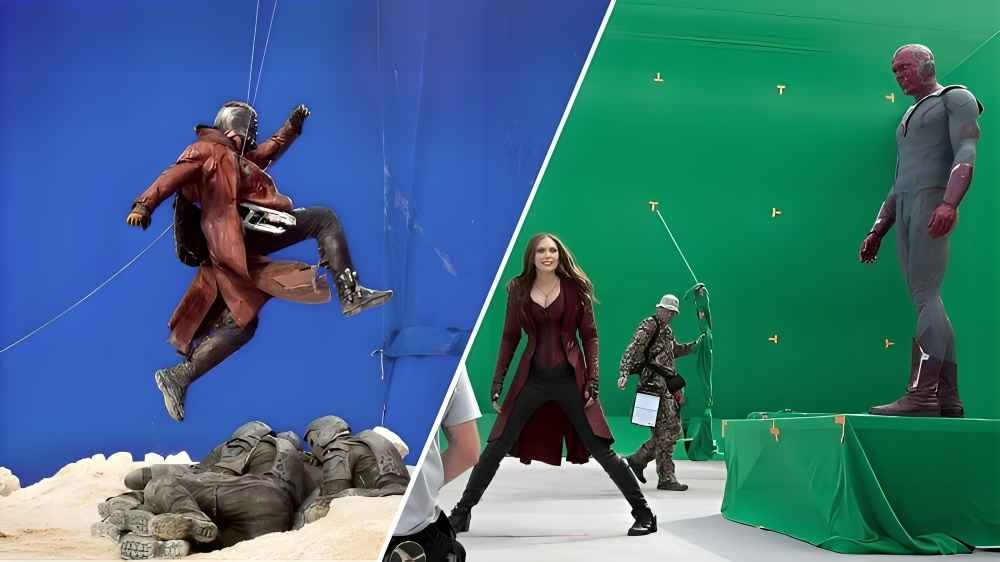
Pros and Cons: Green Screen and Blue Screen
Advantages of Green Screens
✔ Brighter, needs less lighting
✔ Most suitable for digital cameras
✔ Mostly used for online videos and live streaming
Disadvantages of Green Screens
✖ It is subject to more color spills
✖ Cannot be used with any green wardrobe
Pros of Blue Screen
✔ Less reflective colors, thus less bleeding
✔ Best used in cinematic scenes
✔ Best used with green costumes or green props
Cons of Blue Screens
✖ Needs more light to shoot
✖ Not all of the older cameras are friendly with blue
When to Use Green Screen and Blue Screen
Use the green screen for professional interviews, YouTube videos, or tutorial content in bright, sunny outdoor places; for instance, a high-energy project with a relatively simple lighting load. Use a blue screen for: Film projects at night. All fashion or costume shoots in which green will be part of the wardrobe. You can then determine where the project lies along the axis of mood and goals and then choose accordingly. Consider also the editing software and camera capabilities.
Tips for Shooting with Green Screen and Blue Screen
The light is turned on & balanced-jagged shadows cannot be allowed on the set or the subjects. The subject must be a few feet away from the screen to avoid any color spill. The clothes shouldn’t have the color of the screens. Diffused illumination provides an even illumination. Always test before taking the scene so that you can correct it early. Capture in highest resolution clean footage translates to easy, smooth keying and editing with little time wasted.
More Insights: Why the Screen Color Really Matters
Although your screen color affects everything, from lighting setup, and how long you are to spend with your edit, the screen color selected is up to each filmmaker based upon art intent and technical need. The effect of this on a scene could be cooler or more cinematic, and it may take in much of a complex VFX scene. And it’s not just about replacing the background it’s about creating a believable, polished final product. Intelligent screen choice makes your post-production workflow smoother and more professional.
Conclusion
No matter what you’re shooting-a short film, a music video, or even a podcast-adding that green or blue screen will definitely enhance your production value. But knowing when to use each one is really the trick. Use those criteria, in addition to how things look by lighting and color, to make your decision. Done well, chroma keying even puts smaller projects in the blockbuster production category.

